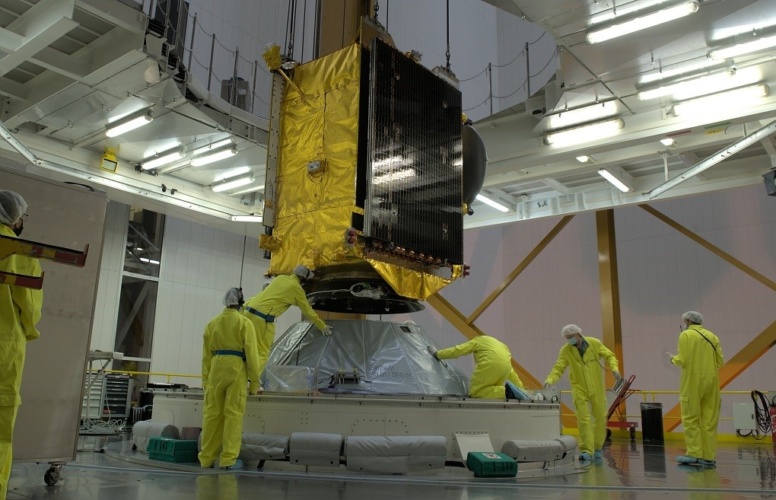For thousands of years, generals have known the strategic importance of high ground on the battlefield. Space takes this concept to the next level, with satellites allowing armed forces to navigate and communicate anywhere on Earth, while through the use of sensors making it very difficult for adversaries to hide.
It’s no exaggeration to say we also rely on space for our daily civilian lives, so when we see anti-satellite weapons being openly tested as they are now, we know we need to protect ourselves. This was a major consideration for the UK Space Defence Strategy.

This new strategy is a big opportunity for UK companies, large and small. Around 25% of the world’s telecoms satellites are already built here1 and the global space market is predicted to reach £490bn by 20302. With the extra £1.4bn announced as part of the strategy, this could help UK companies develop exciting new technology with massive export potential.
For me, the really interesting part is how new technology is changing the industry. Since the birth of satellites in the 1960s and until very recently, they’ve grown in size as we’ve given them more powerful radar, observation and communications equipment. But putting all that capability into a small handful of large satellites means they’re more vulnerable to attack. Constellations of smaller satellites on the other hand are far harder to disable by providing resilience in numbers and multiple options.
These smaller satellites are also less expensive to make, launch and operate, and can increasingly do all the same activities that used to require large satellites. Technologies such as Synthetic Aperture Radar can take super-high resolution images of the Earth (whether day or night, clear or cloudy); laser optical communication links will allow high bandwidth data transmission that’s much harder to intercept than standard radio frequencies; and Software Defined Radios allow satellites to be reprogrammable, monitoring radar signatures of ships in the Atlantic one minute, then providing global positioning data the next.
CLICK HERE FOR OUR 2019 INTERVIEW WITH DAVE SHORT
One thing that all of us can do to help is to be aware of the opportunities in space. We need to help people think of a space career as accessible, at any point in their career. If you search for space jobs, there are lots available in what is very much a growth area for the UK – including with us.
If we want the UK to reach for the stars, then we need to inspire people to get involved. Organisations like the UK Space Agency are working hard to develop the next generation of space engineers, but it’s something we can all help achieve.
Dave Short, BAE Systems Technology Director
BAE Systems provides space products in waveforms, electronics, antenna and digital signal processing and analytics, with 20 years’ experience in ground-based signal processing for various space agencies. It recently acquired In-Space Missions, a Hampshire-based space company with around 40 employees, which adds the capability to create, launch and operate complete satellites. This combines BAE Systems’ experience in highly secure satellite communications with In-Space Missions’ full lifecycle satellite capability, to make a new sovereign UK space offer. This will help enable secure and resilient data sharing between different platforms in sea, air, land and space.
In-Space Missions also brings BAE Systems its first satellite, Faraday Phoenix, which was launched on 30 June 2021 from a SpaceX Falcon 9 rocket. This is now operating in space and carries six payloads from different companies, with three having being built in the UK. The Babel payload, owned by BAE Systems and In-Space Missions, is a wideband software defined radio with over 1 GHz of available bandwidth that enables a number of different applications to be uploaded and operated, from tracking ship radars to creating heat maps of 4G mobile usage.
1: UK Gov space report: https://www.parliament.uk/globalassets/documents/commons-committees/Exiting-the-European-Union/17-19/Sectoral-Analyses/34-Space-Report.pdf
2: As stated in the UK Defence Space Strategy: https://www.gov.uk/government/publications/national-space-strategy/national-space-strategy-technical-annex










Water Sector Talent Exodus Could Cripple The Sector
Maybe if things are essential for the running of a country and we want to pay a fair price we should be running these utilities on a not for profit...